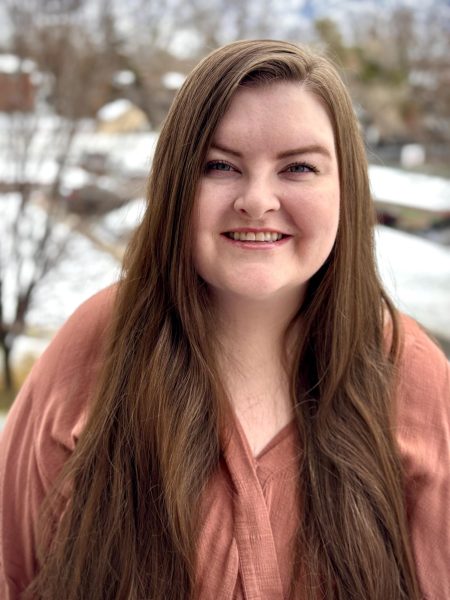On Jan. 20, the day that Donald Trump was sworn into office as the 47th President of the United States, he signed an executive order titled “Defending women from gender ideology extremism and restoring biological truth to the federal government.”
The directive states, “It is the policy of the United States to recognize two sexes, male and female. These sexes are not changeable and are grounded in fundamental and incontrovertible reality.”
Still, the science on biological sex is not as straightforward as Trump’s executive order suggests.
Let’s Talk About Science
Claudia Geist, professor in the Department of Sociology in the Division of Gender Studies at the University of Utah, said she had difficulty wrapping her mind around the order from a scientific perspective because chromosomes exist in more combinations than just XY and XX and denying the existence of intersex people would be inaccurate.
Intersex refers to variations in chromosomes and anatomy that fall outside the male and female binary. Intersex people make up about one in every 100 Americans, according to the Cleveland Clinic.
Geist also mentioned other inaccuracies in the order that were difficult to comprehend regarding sex at conception. While chromosomes are present at conception, the order has language about “large and small reproductive cells,” which is not rooted in known scientific accuracy.
Geist added that she thinks the steps we have taken in society in recent years seem counterproductive and harmful.
“Denying people’s lived realities seems cruel,” Geist said. “Even if people think that biological sex is the guiding force for how people see themselves and experience the world. Who they are is not something that can be prescribed.”
“When we interact with other people, we don’t see sex. What we react to when we see people is gender expression.” Geist added.
Community Partner Perspective
When asked about his personal thoughts and feelings since the executive order was announced, Jay Tactay, youth programs manager at the Utah Pride Center, talked about his fears of being queer or trans in public, noting that Salt Lake County feels safer to be “out” than other places in Utah.
Tactay also mentioned trans-targeted legislation that recently passed through the Utah senate, such as HB269, which requires public colleges and universities to assign housing based on students’ gender assigned at birth. The Utah Pride Center recently collaborated with Green Wave Utah and Druids for Change to protest this bill.
“We handed out information about us and where they could go,” Tactay said. “As a community center, we want them to know that they have places to go. Safe spaces.”
The Pride Center is hosting Legislative Writing Workshops for anyone to attend and learn techniques to write letters to public officials during the current legislative session.
“There have always been trans people and queer people, but now, there is a lot more education and resources than there was even 5 or 10 years ago,” Tactay said. “So, I want to be that person that helps trans and queer people get those resources. Right now, everyone just needs to find that community they can trust and hold on tight to them.”
Geist shares similar sentiments.
“Don’t let others question your identity. Hold the people you love close and seek spaces of support. No one is in this alone.” Geist said. “Find sources of joy to be able to go forward. Whatever that looks like for you. Don’t give up.”
Professor Claudia Geist’s views are her own and do not reflect those of the University of Utah.
Your mental health matters! As of the time this article was written, all of the links on this page were functional, barring the U’s LGBT Resource Center, which was closed to comply with HB267. That link will direct you to the newly formed Center for Student Access and Resources.
The Trevor Project Crisis Line: https://www.thetrevorproject.org/get-help/
National Suicide Prevention Hotline: https://988lifeline.org/




